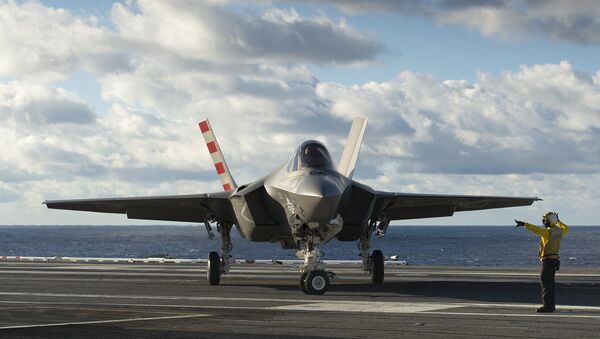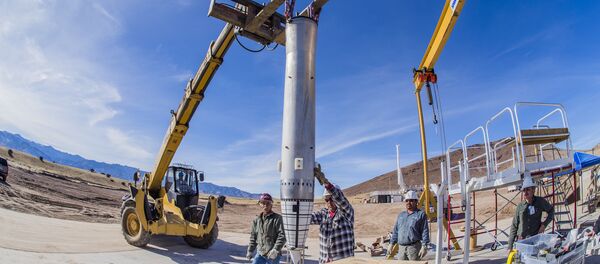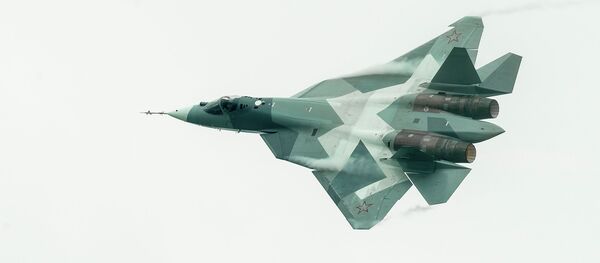“The worst deficiencies were found in the Block 2B's navigation and accuracy software aspects. These software problems slowed weapons integration and flight-testing, and with it the entire aircraft's development.”
The Block2 also has issues with the accuracy of fire, radar, passive sensors, the ‘friend or foe’ recognition system and the electro-optical guidance targets for attacks.
“Most recently, the F-35 program is expected to miss a deadline for releasing the Block 3F software upgrade. Missing the deadline will likely mean that the F-35 won't be ready for its July 2017 deadline,” the publication wrote.
Among the disadvantages there is also an indication for the need to change the fuel tank destroyer design. The present modification is inadequate to ensure safety, as it could provoke an explosive reaction between oxygen and gases in the fuel tank. This requires additional hardware and software modifications.
The F-35 also doesn’t meet the requirements necessary to provide protection to the fuselage against lightening. “If a solution is not found, F-35Bs will require the development of alternate lightning protection methods.”
Business Insider reported that, in addition to these drawbacks, the fighter revealed a number of problems with the helmet-mounted display, which should display the important information about the course of the flight.
The cost of a helmet edition is estimated at 400 thousand dollars, but it does not provide a clear image in the dark.
If that is not enough, the F-35 has a number of components that require maintenance more often than desired.
“According to the Pentagon report, all versions have reliability issues with their avionics processors, landing gear tires, thermal management systems, ejection seat assemblies, cockpit display electronics unit, helmet display units, seat survival kits, igniter-spark in the turbine engines, and on-board oxygen generating systems,” The Business Insider wrote.
This unreliability further increases maintenance time and costs on an already expensive plane.




